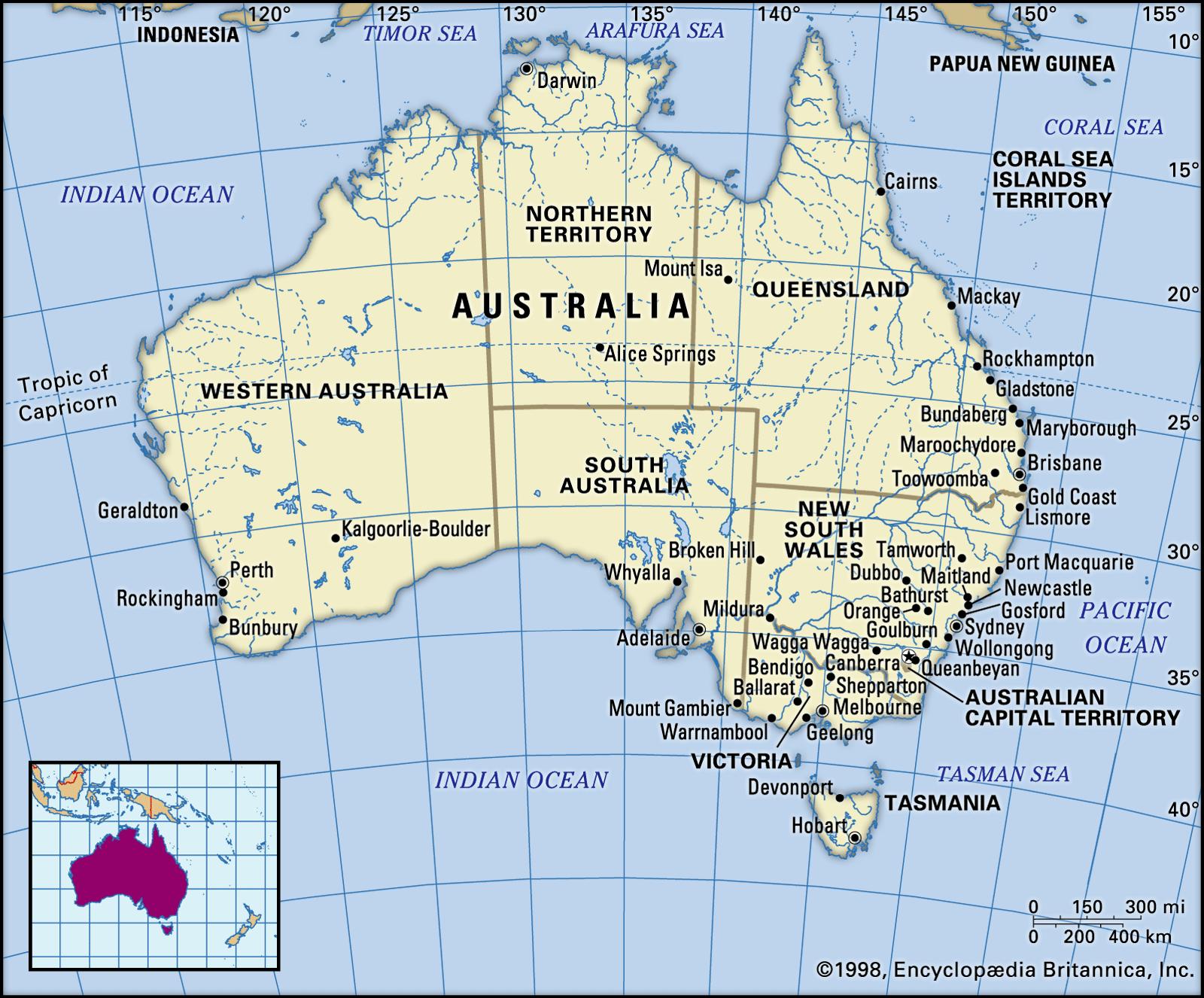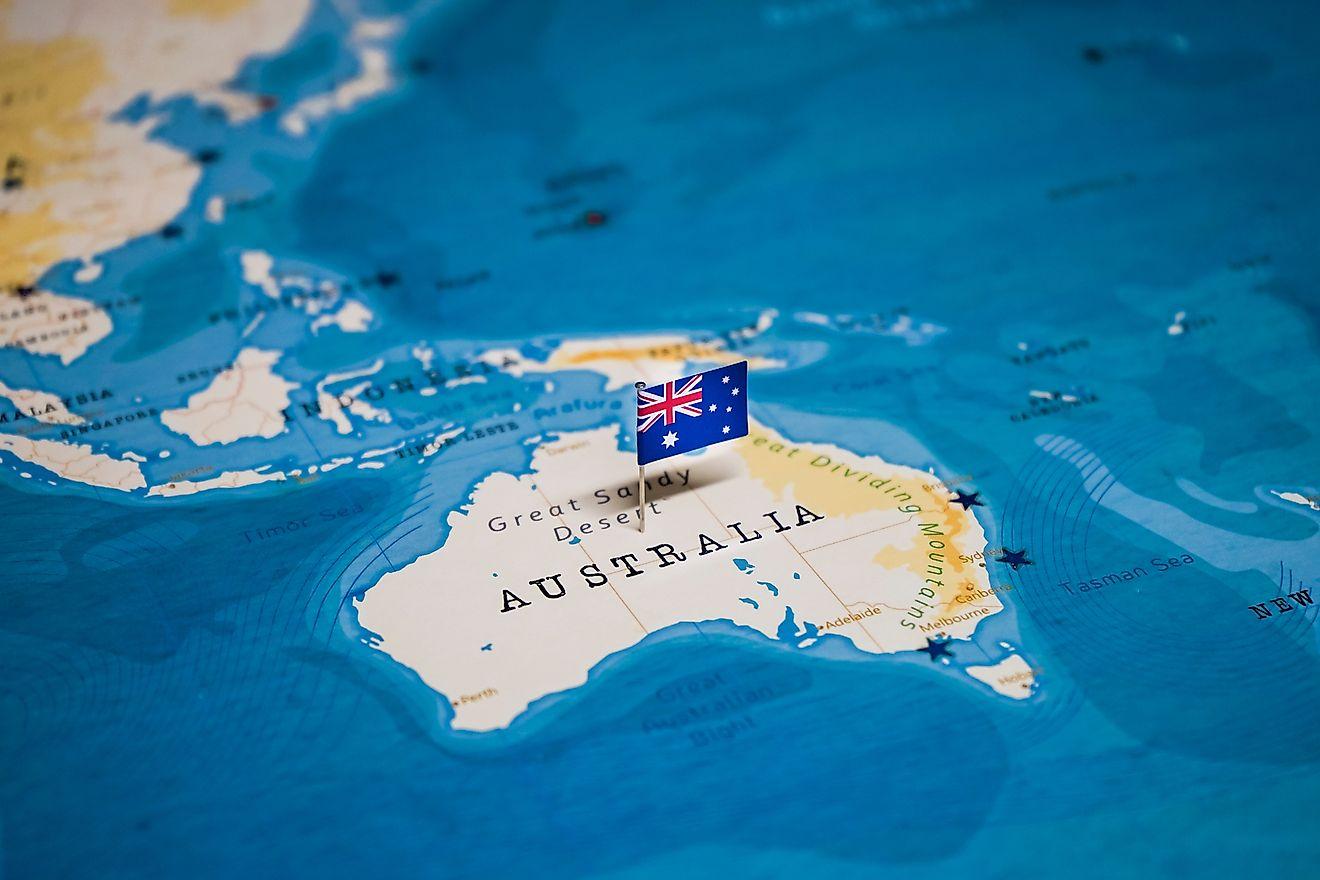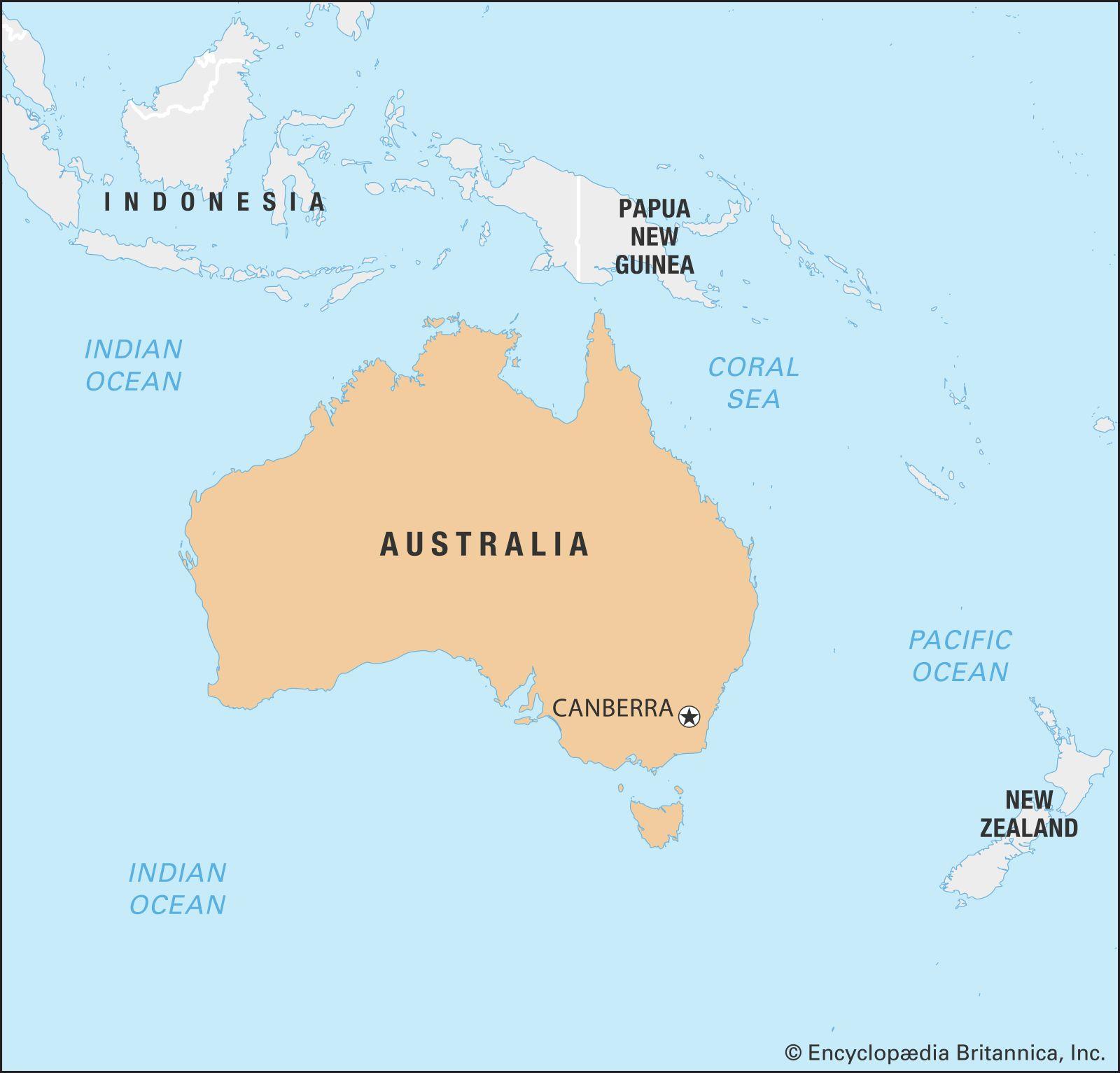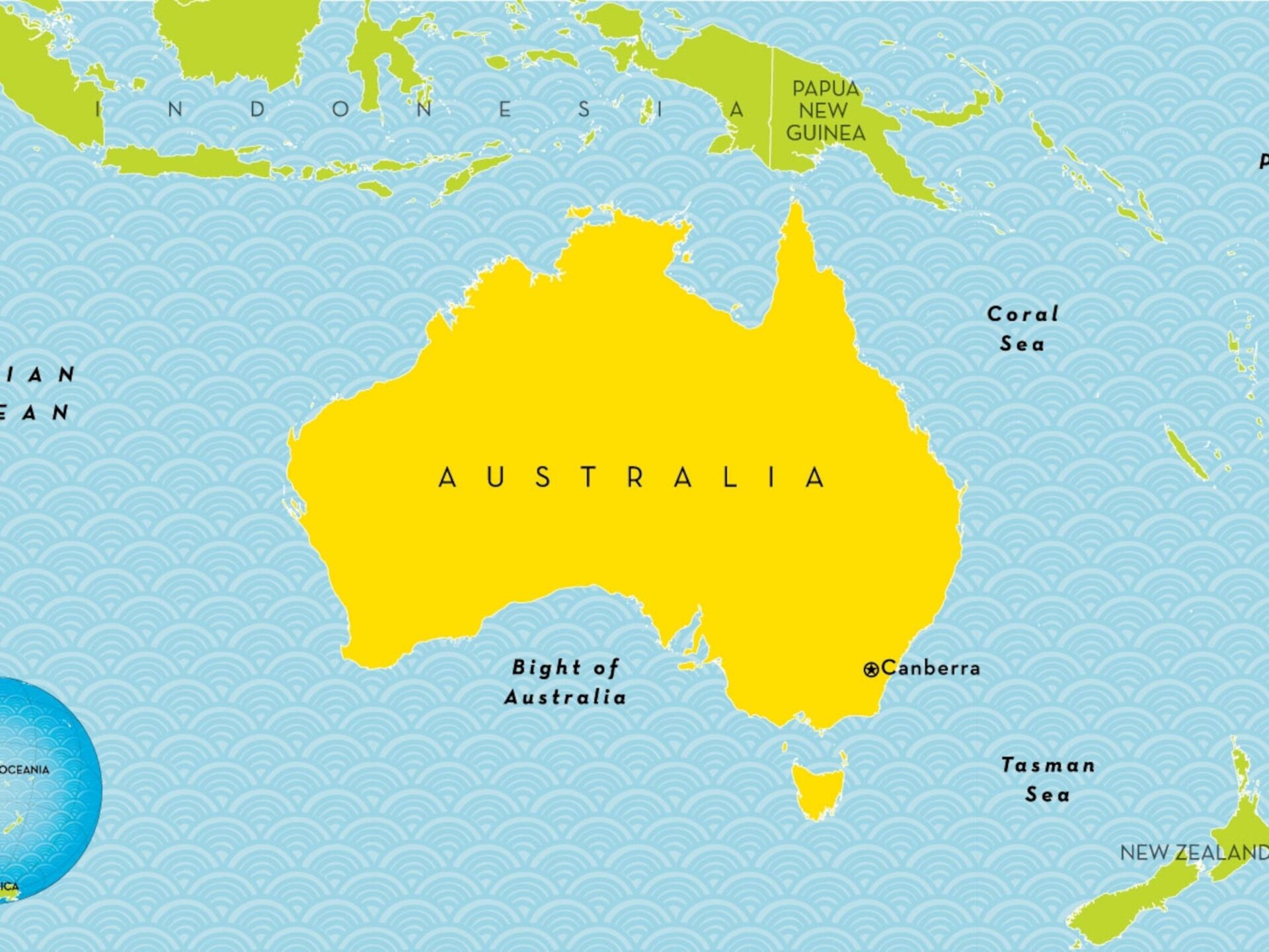Australia and Papua New guinea Forge Strategic bond Amid regional Tensions
A historic defense treaty has been signed between Australia and Papua New Guinea, solidifying their commitment to regional security amid escalating geopolitical tensions. This agreement not only enhances bilateral defense cooperation but also demonstrates a united front in response to external influences, especially from larger powers. Key highlights of the treaty include:
- Joint military Exercises: Regularly scheduled training opportunities aimed at bolstering the operational capabilities of both nations.
- Defense Infrastructure Investments: Upgrades and enhancements to existing defense facilities to ensure they meet contemporary security needs.
- Data Sharing: Improved intelligence collaboration to effectively monitor and respond to emerging threats in the region.
This pact has raised eyebrows in Beijing, with Chinese officials expressing concerns about the potential encirclement strategy manifested through closer ties between Australia and its Pacific neighbors. In a rapidly changing geopolitical landscape,both Australia and Papua New Guinea are poised to play pivotal roles in sustaining regional stability,showcasing their commitment to a free and open Indo-Pacific.As the dynamics evolve,the implications of this treaty could substantially impact the balance of power within the region.

Implications of the Defense Treaty for China’s Expanding Influence in the Pacific
The recent signing of a defense treaty between Australia and Papua New Guinea is poised to send ripples across the geopolitical landscape,particularly concerning China’s strategic ambitions in the Pacific. As this alliance solidifies, the implications for China’s expanding influence in the region become increasingly pronounced. Beijing has long viewed the South Pacific as a critical arena for advancing its economic and political interests,and this new pact counters that trajectory in several key areas:
- Geopolitical Friction: The defense treaty amplifies tensions between China and its regional neighbors,as it fortifies the U.S.-aligned bloc’s presence in a territory China considers vital to its Belt and Road Initiative.
- Regional Militarization: Given China’s growing military assertiveness, the enhanced defense capabilities of Australia and papua new Guinea may catalyze an arms race, prompting other Pacific nations to bolster their military ties with like-minded democracies.
- Economic Dependencies: The treaty could lead nations in the Pacific to reevaluate their economic partnerships with China, perhaps shifting towards initiatives that promote sovereignty and self-determination, akin to the frameworks of Australian investments.
Furthermore, this treaty reflects a broader strategy to foster unity among Pacific island nations against perceived external threats, particularly from Beijing.The potential for increased collaboration among Pacific nations in defense and growth signifies a strategic pivot that aligns more closely with Western interests. this shift raises questions about the sustainability of china’s influence in regions it has invested heavily in, as nations reconsider the benefits of foreign aid versus the costs of dependency on a single global power. As tensions mount, the Pacific may soon become a pivotal theater for demonstrating not just military might, but also the softer power of diplomatic engagement and developmental assistance.

Strengthening Regional Security: Opportunities for Collaborative Defense Initiatives
The recent signing of a defense treaty between Australia and Papua New Guinea marks a pivotal moment in the evolving security dynamics of the Pacific region. This historic agreement not only aims to bolster bilateral relations but also sets the stage for broader defense cooperation in the face of growing geopolitical tensions. The treaty encompasses various aspects of defense collaboration, including:
- Joint military exercises: Enhancing interoperability and readiness between the Australian Defense Force and the Papua New Guinea Defense Force.
- Intelligence sharing: Facilitating timely information exchange to counter emerging threats, particularly in maritime security.
- Capacity building: Providing training and resources to strengthen Papua New Guinea’s defense capabilities.
China’s response to this treaty highlights the intricate balance of power in the region. As australia and Papua New Guinea deepen their security ties, concerns about potential encroachments on China’s influence are becoming more pronounced. Analysts suggest that this partnership not only reinforces the commitment to regional stability but also opens avenues for greater collaborative initiatives among Pacific Island nations. Areas for future consideration include:
- Multilateral security forums: engaging other regional players to address common security challenges.
- Humanitarian assistance and disaster relief: Coordinating responses to natural disasters, which are critical in the Pacific context.
- Cybersecurity partnerships: Developing frameworks to protect against cyber threats that endanger national security.

Recommendations for Australia and Papua New Guinea to enhance Treaty Effectiveness
To bolster the effectiveness of the newly signed defense treaty between Australia and papua New Guinea, both nations must engage in a series of strategic actions. first and foremost, establishing a cooperative framework for regular dialogues between the countries will ensure alignment of objectives and foster mutual trust. This can be complemented by the following initiatives:
- joint military exercises aimed at enhancing interoperability and readiness in addressing regional security challenges.
- Intelligence-sharing protocols that improve situational awareness regarding threats in the Pacific region.
- Capacity-building programs for Papua New Guinea’s defense forces, providing specialized training and resources.
Additionally, increasing public engagement efforts in both countries will help demystify the treaty’s purpose and benefits, reducing the potential for misunderstandings among local populations. This can be achieved through:
- Community outreach initiatives that promote awareness of defense collaboration and its importance for national security.
- Bilateral forums and discussions that include civil society and stakeholders, promoting a broader understanding of regional dynamics.
- Regular updates and openness initiatives to keep citizens informed about the treaty’s progress and impact.
